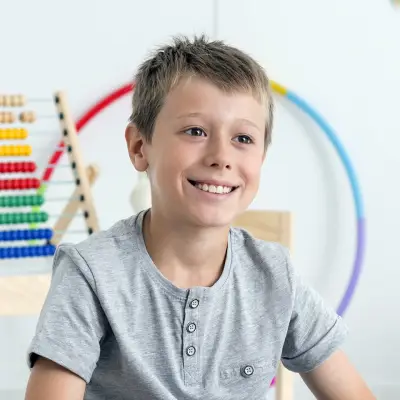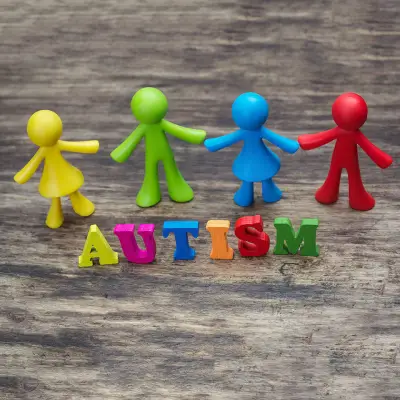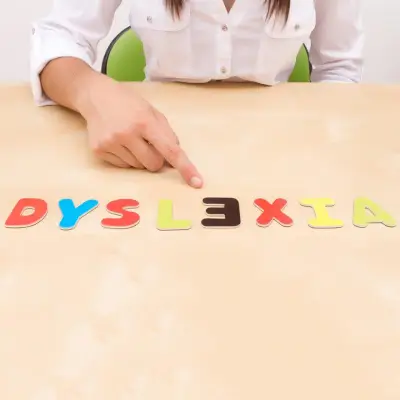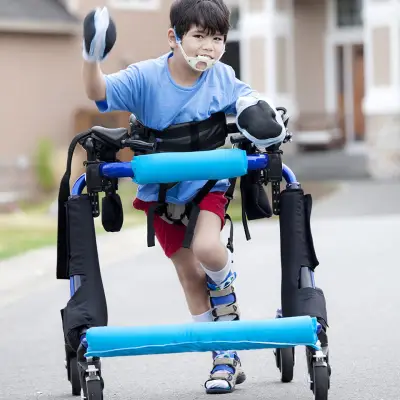If you’ve ever struggled to get started on a task, stay focused, or finish something you’ve been putting off, it’s a common experience, especially for people with ADHD and autism. These challenges are often part of daily life. That’s why strategies like body doubling are gaining attention. But what is body doubling, and how can it help?
It may sound a bit unusual at first, but body doubling is a simple and surprisingly effective technique used by many neurodivergent people. Whether you’re looking to try it yourself or want to understand it better to support someone else, this guide breaks it all down.
Jump to:
- What is Body Doubling?
- Why Does Body Doubling Work for ADHD?
- What is the Role of a Body Double?
- Does Body Doubling Work for ADHD?
- Body Doubling and Autism
- Is a Body Double a Therapist or Coach?
- Using a Body Double App
- Benefits of Body Doubling
- When Might Body Doubling Not Be Effective?
- How to Get Started with Body Doubling
- Study ADHD Coaching for £29
Recommended for you!
Best SellersWhat is Body Doubling?
Body doubling is when someone works alongside another person, either in the same room or virtually, to help stay focused on a task. The person who provides that presence is known as a body double.
The definition of body doubling is essentially that: a person with ADHD, autism, or related challenges works in the presence of another, not for help or conversation, but simply to have someone there. The body double doesn’t direct or instruct; they just show up. That quiet, shared presence can be enough to spark motivation and keep distractions at bay.
This approach has become popular among people who find it difficult to start or sustain attention on tasks, particularly those that feel dull, repetitive, and overwhelming.
Why Does Body Doubling Work for ADHD?

For people with ADHD, the problem is often not a lack of interest or capability; it’s something called executive function. That refers to the brain’s ability to organise, plan, prioritise, and get things done. ADHD can disrupt these functions, which is why simple tasks can suddenly feel enormous.
Body doubling for ADHD works because it reduces the sense of isolation and offers a subtle kind of accountability. If someone else is sitting nearby, working quietly, it’s easier to stay grounded and resist the urge to drift off into distractions.
Many people with ADHD find themselves mirroring the behaviour of those around them—a concept sometimes referred to as ADHD mirroring. If your body double is calmly getting on with their own work, you’re more likely to follow suit.
In short, it helps you stay in motion by making the task feel shared, even if it’s not.
What is the Role of a Body Double?
The body double doesn’t have to be a friend, coach, or expert. Their role is simply to be there. They might be working on their own project or sitting quietly while you tackle your task. It’s about creating a focused, distraction-free zone.
The body double doesn’t give advice or commentary. They’re not your supervisor; they’re your anchor.
Some people use body doubles to clean the house, study, write emails, or finish paperwork. You might even have experienced this effect before without realising it, like getting more done in a coffee shop just because you’re surrounded by others doing the same.
Does Body Doubling Work for ADHD?

Body doubling for ADHD isn’t a one-size-fits-all solution, but it’s a highly flexible and low-pressure strategy. Those who use body doubling often say it helps them:
- Start tasks they would otherwise avoid
- Focus for longer periods
- Work through difficult or repetitive activities
- Feel less alone and overwhelmed
- Stay emotionally regulated
Even short sessions with a body double, like 20 or 30 minutes, can make a meaningful difference. It’s especially useful for tasks you’ve been putting off, where just getting started is the biggest hurdle.
Body Doubling and Autism
Although often associated with ADHD, body doubling for autism can be helpful too. People with autism may also face challenges with executive function and task initiation. A structured, calm environment with another person present can provide reassurance and reduce stress.
For autistic people, body doubling can offer:
- A soothing presence during task completion
- Reduced sensory overload, especially with minimal talking
- A structured setting for getting things done
- A sense of connection without the pressure to interact
The approach might be tailored slightly to individual preferences, such as agreeing on silence or reducing background noise, but the benefits can be just as strong.
Is a Body Double a Therapist or Coach?
A body double isn’t a coach, mentor, or therapist; they’re simply someone being present. There’s no need for advice, checking in, or giving feedback. That said, some ADHD coaches and support groups incorporate body doubling into their services, especially in group sessions.
In those settings, people come together at a set time and quietly work on individual tasks with their cameras on. This works as a community-based focus support.
Using a Body Double App

You don’t need to know someone in person to try body doubling. Thanks to technology, it’s easy to connect with others virtually.
A number of platforms now offer body double app features, including:
- Online co-working spaces
- ADHD-specific community groups
- Productivity platforms like Focusmate or Flown
- Video call tools like Zoom, Discord, or Google Meet
These platforms allow you to join a session, turn on your camera (or not), and get to work while others do the same. No small talk necessary, just shared focus. It’s a practical and accessible option, especially for those working or studying from home.
Benefits of Body Doubling
Body doubling is appealing because it’s simple and adaptable. Some of the key benefits include:
- Encouraging task initiation
- Reducing the temptation to procrastinate
- Increasing focus and productivity
- Decreasing feelings of stress or being overwhelmed
- Creating a quiet sense of accountability
It works especially well for those who benefit from visual cues and routine, as well as people who thrive on low-pressure social contact. Even though you’re not actively engaging with the body double, knowing they’re there can make tasks feel more structured and less daunting.
Recommended for you!
Best SellersWhen Might Body Doubling Not Be Effective?
As with all techniques, body doubling doesn’t work for everyone. You might not find it helpful if:
- You’re easily distracted by someone else’s presence
- You feel anxious when others are around
- The task requires complete solitude
- The other person is too talkative or disruptive
The idea is to create calm, not pressure. If having someone nearby makes you feel on edge, then body doubling might not be the right approach, or you might benefit from adjusting how you do it. For example, try virtual sessions with no camera, or work alongside someone who understands your need for silence.
How to Get Started with Body Doubling
If you're curious about trying body doubling, it’s easy to start small. Here are a few simple ways to explore it:
- Ask a friend or family member to sit with you while you work
- Join an online co-working session or ADHD support group
- Use a body double app for scheduled focus sessions
- Set a timer and work quietly alongside someone else for short bursts
- Create a regular routine, such as daily sessions at the same time
There’s no right or wrong way to do it. Experiment with different settings, people, and times to find what works best for you.
Study ADHD Coaching for £29
If you’d like to deepen your understanding of ADHD and how to support those living with it, the ADHD Coaching Diploma Course at Centre of Excellence is a great next step. You can enrol today for a special price of £29, gaining valuable insight and tools to support yourself or others.












